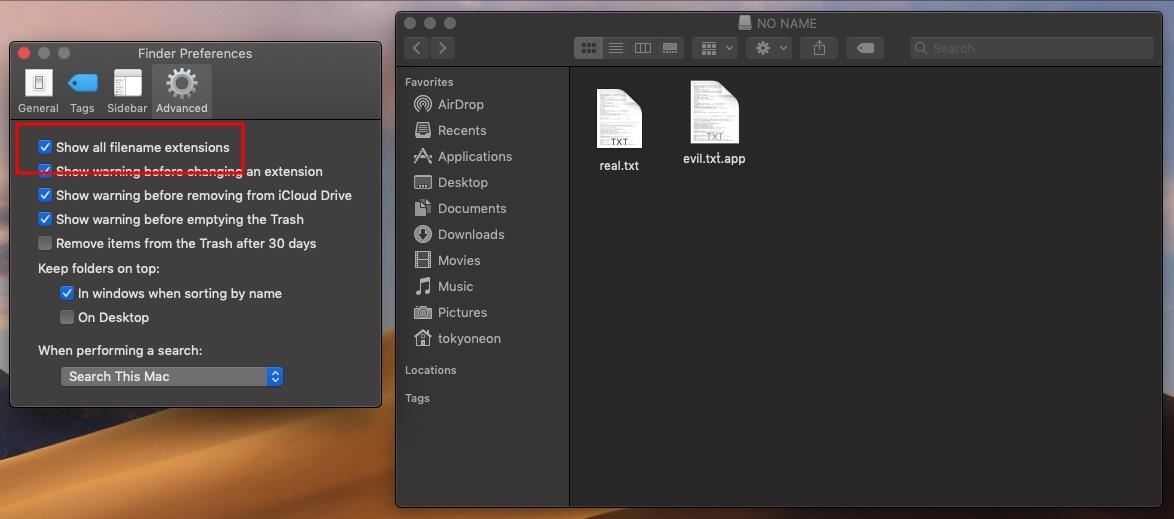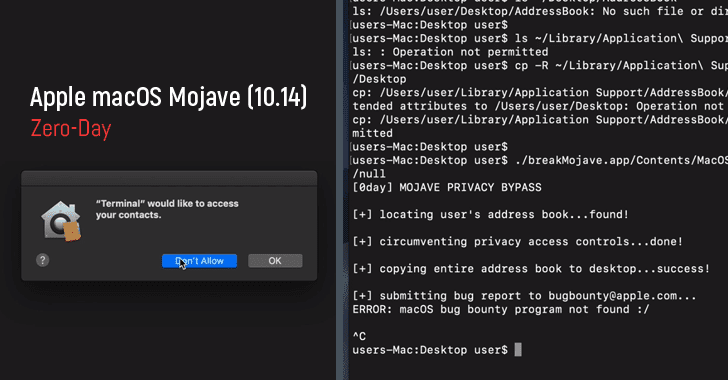How To Use The Mac Terminal For Hacking Attacks
young redwood wrote:
I noticed the terminal application open on my macbook pro yesterday, but I did not open it myself. Is it possible that someone who knew my wireless password hacked into my computer remotely?
If they did, it wouldn't necessarily cause a Terminal window to be opened. If you launch Terminal, type 'history' (without the quotes) and press the 'return' key, you'll see the command history for your user. That will give you an idea of what commands (if any) were executed in that Terminal session.
If so, is there any way I could tell that this has happened.
I'm not sure what to tell you to look for, but you might launch the Console utility, open the '/var/log' entry in the column on the left, select 'secure.log', then look for activity while you were away.
If you're worried about remote access, I'd open the Sharing panel of System Preferences and turn everything off.

How To Use The Mac Terminal For Hacking Device
Get Your Mac Ready for Hacking iTerm2 is the terminal app that you can install on the Mac device and hence get the better advantages rather than the pre-installed terminal of the Mac. As we know that most of the hacking tasks are carried through the commands that are generally processed inside the terminal only. Before you can use it, you need to be able to find it. So what we need to do is open the terminal. On OS X, open your Applications folder, then open the Utilities folder. Open the Terminal application. You may want to add this to your dock. I like to launch terminal by using Spotlight search in OS X, searching for “terminal”.
How To Use The Mac Terminal For Hacking Devices
Feb 15, 2010 12:53 PM

Create a Terminal Dock Shortcut. If you use Terminal a lot, you might want to create a shortcut in the Dock for quicker access. You first need to open Terminal using one of the previous methods. Then drag and drop the Terminal icon to a new position on your Dock.
- If you want to securely erase files from your Mac, but don't want to make 'Secure Empty Trash' the default, you can securely shred files one by one in Terminal. The following command uses one-pass overwriting before trashing. (Substitute '/draggedfile' by dragging the file you want over.).
- The Mac Tricks and Tips has this great article on some of the awesome hacks on OS X. There are a list of 22 hacks, some of which are really handy. I am going to list a few of the handy tricks that ought to be set to default on your OS X. You can copy and paste the commands here using ⌘ + C for copy and ⌘ + V for paste. View Hidden Files on.



